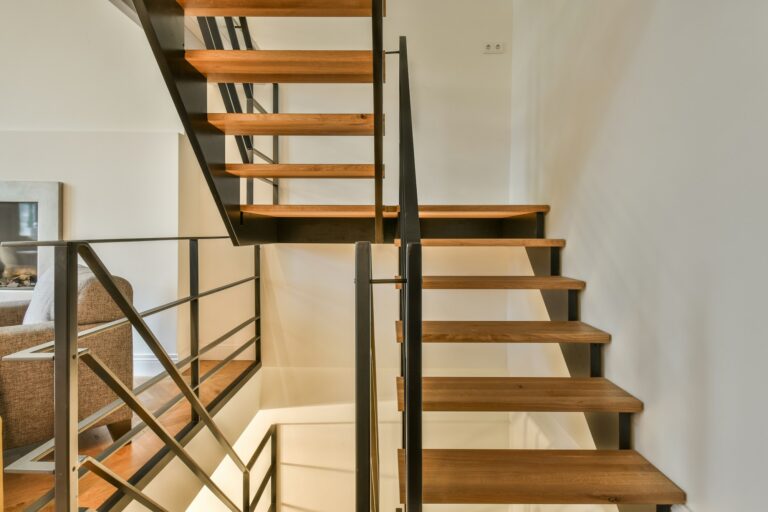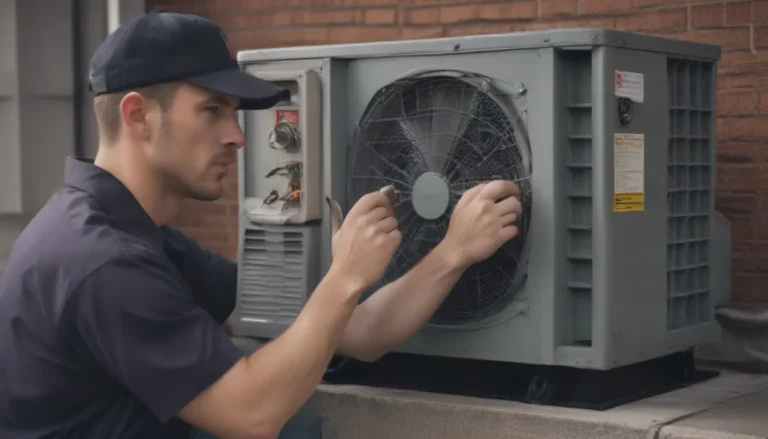Understanding Double-Pole Circuit Breakers: A Comprehensive Guide

When it comes to the safety and functionality of your home’s electrical circuits, circuit breakers play a crucial role. These safety switches protect your house from electrical overload, short circuits, and other potential hazards. There are two main types of circuit breakers: single-pole and double-pole. In this article, we will be focusing on double-pole circuit breakers, their function, and how they differ from single-pole breakers.
What Are Double-Pole Circuit Breakers?
Double-pole circuit breakers are “double-wide” breakers that occupy two slots in your breaker box. These breakers have a toggle switch that is twice the length of a single-pole breaker toggle. Unlike single-pole breakers, which are rated for 120 volts and control standard lighting and outlet circuits, double-pole breakers are typically rated for 20 to 60 amps and supply 240-volt power to larger appliances like electric dryers and ranges.
Functionality
Inside your breaker box or main service panel are metal plates called “hot” bus bars, which carry 120 volts of electricity each. When single-pole breakers are installed, they snap into one pole to receive 120 volts. On the other hand, double-pole breakers snap onto two poles, receiving 240 volts. The circuit wiring connected to double-pole breakers consists of two “hot” wires, each connecting to a terminal on the breaker and protected by half of the breaker. If a fault occurs on one of these wires, the corresponding half of the breaker will trip, causing the other half to trip simultaneously. This action effectively shuts off the connection to both bus poles, cutting off the entire circuit at once.
Tandem Breakers
In addition to double-pole breakers, there are also tandem breakers, which are single-width breakers with two small switch toggles. Tandem breakers, also known as piggy-back, slimline, or twin breakers, serve two 120-volt circuits and cannot supply 240 volts to a single circuit like double-pole breakers. It’s important to note that tandem breakers must be installed correctly to ensure safety and compliance with electrical codes. Some panels are designed to accept tandem breakers in specific slots, and improper installation can pose serious risks.
If you have a tandem breaker in your panel or are considering installing one, it’s best to consult with a qualified electrician to ensure it is done safely and in accordance with electrical codes. Remember, safety should always be the top priority when working with electrical components in your home.
Advantages of Double-Pole Circuit Breakers
Now that you have a better understanding of how double-pole breakers work, let’s explore some of the advantages they offer compared to single-pole breakers:
- Higher Voltage Capacity: Double-pole breakers have a higher voltage capacity, making them ideal for supplying power to larger appliances that require 240 volts.
- Improved Safety: By shutting off both bus poles simultaneously, double-pole breakers offer enhanced safety and protection against electrical hazards.
- Efficient Power Distribution: Double-pole breakers provide a more efficient distribution of power to appliances that require higher voltage, ensuring they operate effectively.
Common Uses of Double-Pole Circuit Breakers
Double-pole circuit breakers are commonly used to supply power to large appliances in residential and commercial buildings. Here are some examples of appliances that typically require a double-pole breaker for operation:
- Electric Dryers
- Electric Ranges
- Central Air Conditioning Units
- Water Heaters
- Baseboard Heaters
By using double-pole breakers for these appliances, you can ensure they receive the necessary voltage to function properly and safely.
Safety Tips When Working with Double-Pole Circuit Breakers
Working with electrical components can be hazardous if not done properly. Here are some safety tips to keep in mind when working with double-pole circuit breakers:
- Always turn off the main power supply before working on circuit breakers to prevent electrical shock.
- Wear appropriate protective gear, such as insulated gloves and goggles, when handling electrical components.
- Avoid overloading circuits by ensuring that the amperage rating of the breaker matches the electrical load.
- If you are unsure about how to install or replace a circuit breaker, consult a licensed electrician to avoid safety hazards.
By following these safety tips, you can reduce the risk of electrical accidents and ensure the proper functioning of your electrical system.
Conclusion
In conclusion, double-pole circuit breakers are essential components of your home’s electrical system, providing safe and efficient power distribution to large appliances. By understanding how double-pole breakers work and their advantages over single-pole breakers, you can ensure the safety and functionality of your electrical circuits. Remember to consult with a qualified electrician for any installation or maintenance tasks involving circuit breakers to prevent safety hazards and ensure compliance with electrical codes. Stay safe and informed when working with electrical components in your home!





